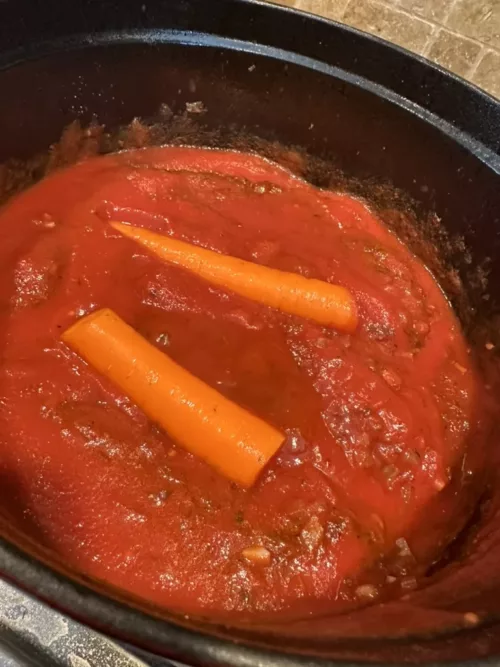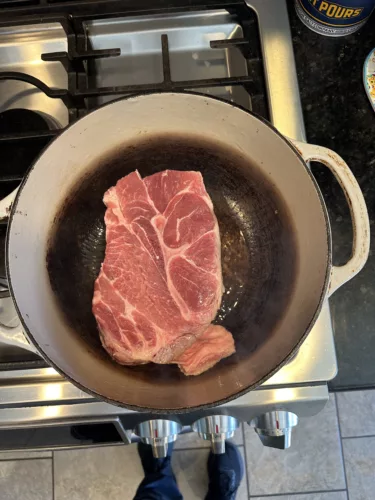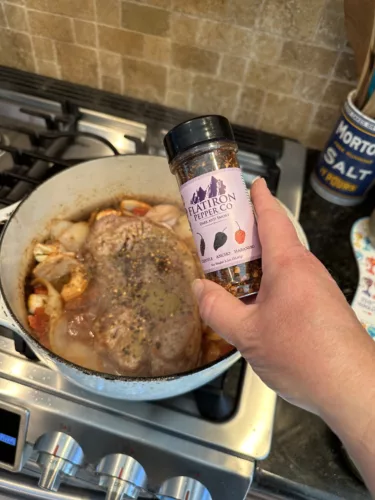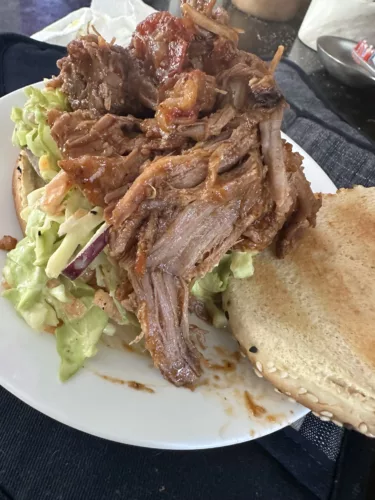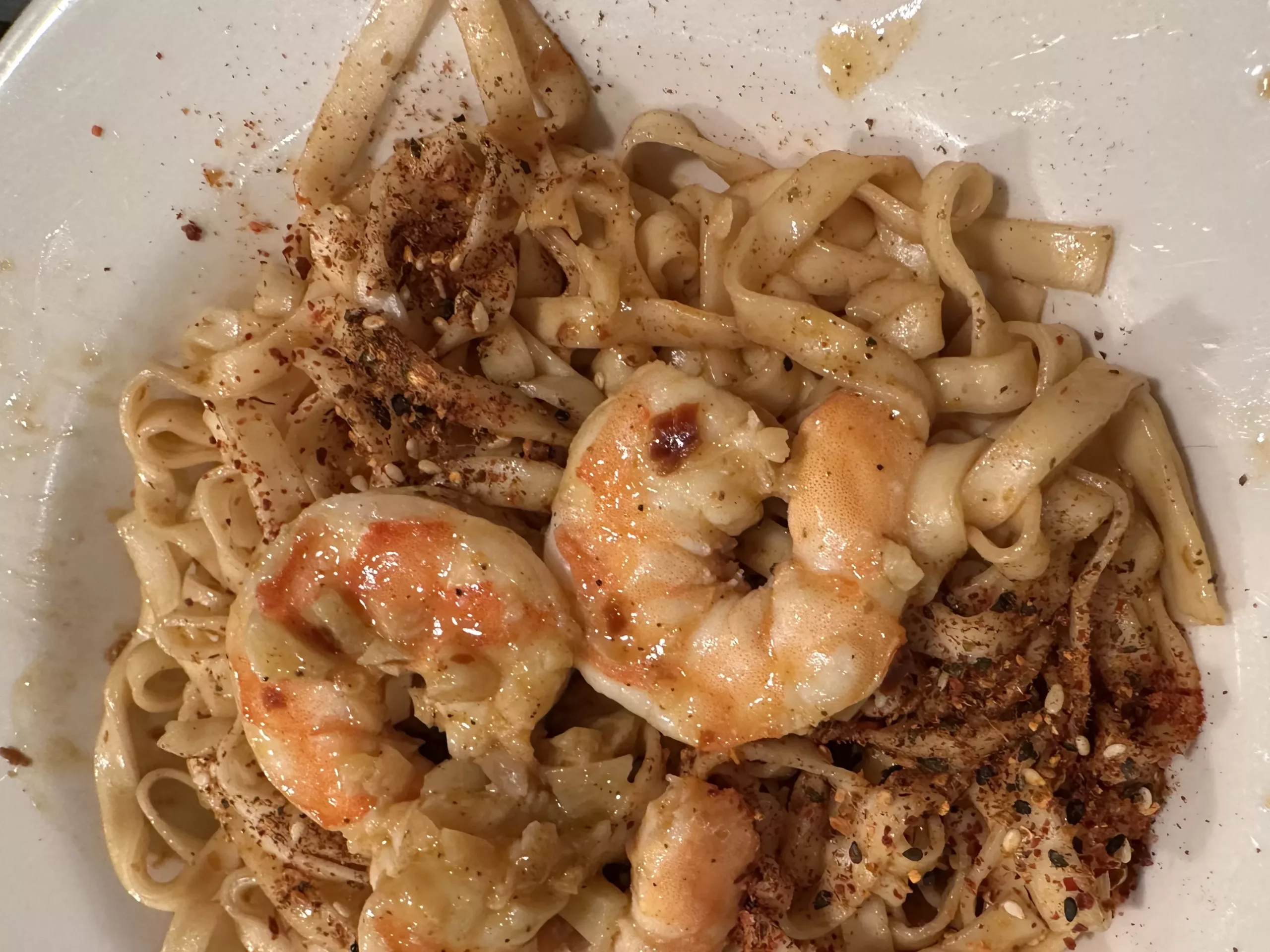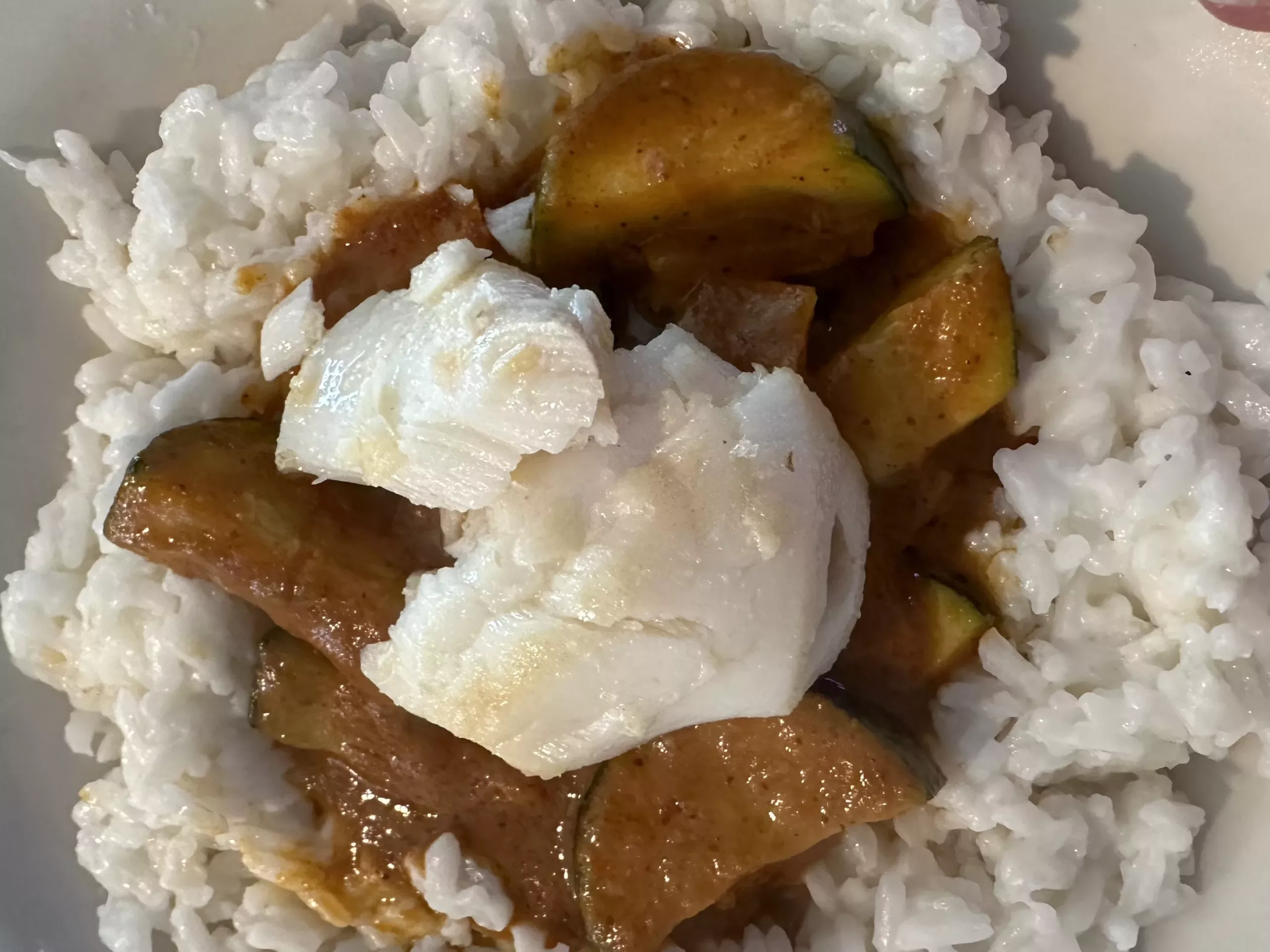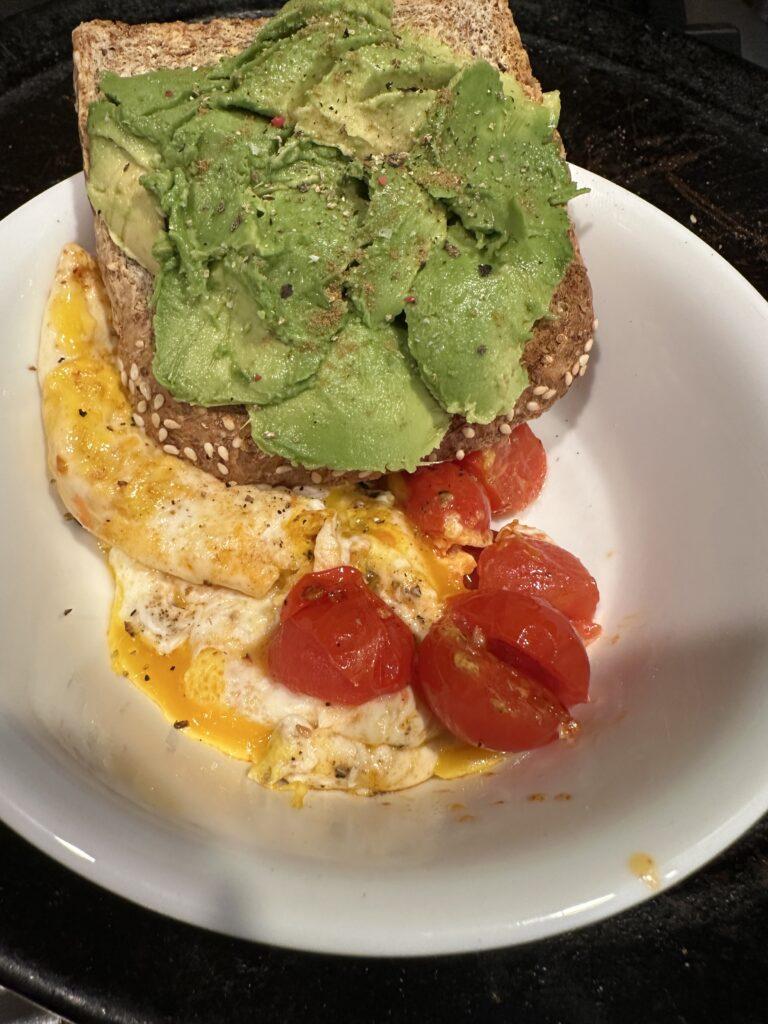Quality ingredients can make or break your pasta sauce. Freshness is everything. Fresh tomatoes, herbs, and other ingredients are game changers. Go for the freshest options you can get your hands on. If fresh tomatoes aren’t available, reach for high-quality canned ones. San Marzano tomatoes are a solid choice for their rich flavor. To be honest, I generally do not have really fresh heirlooms available to me, so I opt for the canned San Marzano’s often.
Herbs and spices bring life to your sauce. Fresh basil, oregano, and thyme can take your sauce from good to unforgettable. Chop them just before adding them to keep their flavors vibrant. Don’t forget the power of garlic and onions. Sauté these until they’re golden and fragrant – this forms the base of your sauce and adds depth.
The olive oil you choose matters too. Extra virgin olive oil stands out with its robust flavor. It doesn’t just cook your veggies, it adds a layer of richness. Don’t go overboard. Olive oil does have a flavor. It is not a cooking oil, like Canola. They are intentionally less flavorful so that your fried foods will not be affected by the oil taste. So, with Olive oil, take it easy when adding. A few tablespoons are enough to get that smooth, silky texture without making it greasy.
Salt and pepper are your trusty sidekicks, as per usual. Seasoning as you go helps build layers of flavor. Taste your sauce as it simmers and adjust accordingly. Everyone’s palate is different, so go with what tastes right to you.
Mastering the Cooking Technique
Sautéing aromatics like garlic and onions is your first crucial step. Heat your pan, add some olive oil, let it warm, and then toss in your chopped garlic and onions. Keep it on medium heat to avoid burning. You’re aiming for them to turn golden and give off a mouthwatering aroma. This forms a flavorful foundation for your sauce.
Deglazing the pan can add an extra flavor punch. After sautéing your garlic and onions, add a splash of wine or broth to the pan. Scrape up the browned bits stuck to the bottom; that’s where the magic happens. This not only enriches your sauce but also gives it a thicker consistency.
The simmering part is where patience comes in. Unlike boiling, simmering your sauce over low heat allows the flavors to meld together slowly, creating a deeper, more cohesive taste. Avoid the urge to rush this process. Stir occasionally to prevent sticking and burning.
When it comes to reducing, it’s about achieving that perfect thickness without overcooking. Keep the heat low and let the sauce bubble gently. Too high and you’ll end up with a burnt, overly thick sauce. Keep an eye on it, stirring occasionally, to nail that perfect consistency.
Timing and temperature: you want the sauce to cook low and slow to let those flavors develop fully. Rushing it will leave the sauce underdeveloped in taste. Low heat and longer cooking times are your allies in creating a sauce that’s rich, thick, and bursting with flavor.
Adding Personal Touches
Customizing your pasta sauce can make it truly your own. Adding proteins like meat, seafood, or even plant-based options can make a world of difference. Ground beef, pork, or Italian sausage give a hearty flavor. Seafood like shrimp or clams adds a lighter, oceanic twist. For plant-based choices, mushrooms or lentils work exceptionally well.
Cheese lovers, this one’s for you. Adding cheese can transform your sauce from good to mind-blowing. Parmesan, pecorino, or even a touch of goat cheese can add a new dimension of flavor. Stir it in at the end of cooking to keep that creamy texture.
Wine, broth, or balsamic vinegar can elevate your sauce to new heights. A splash of red wine deepens the sauce’s flavor and richness. Chicken or vegetable broth adds subtle complexity. Balsamic vinegar can provide a tangy sweetness that cuts through the tomato’s acidity.
Don’t underestimate vegetables. Adding vegetables like bell peppers, zucchini, or spinach not only boosts the nutritional value but also adds interesting textures and flavors. Chop them finely or blend them if you prefer a smoother sauce.
Personal touches are what make your pasta sauce unique. Experimenting with different ingredients and finding your special twist can create a signature sauce that’s unforgettable.
Storage and Serving Tips
How you store your homemade pasta sauce can make a big difference in maintaining its flavor and texture. If you’re planning to use it within a week, keep in a sealed container in the fridge. For longer storage, freezing is your best bet. Portion the sauce into freezer-safe bags or containers, and it’ll stay good for months.
Reheating takes some finesse to avoid a watery or overly thick sauce. Thaw frozen sauce in the fridge overnight and reheat gently on the stove over low to medium heat. Stir frequently to keep it from burning and taste to re-season if needed. A splash of fresh stock or a bit of olive oil can help revive the sauce without altering its flavor too much.
Pairing your sauce with the right pasta shapes can make all the difference. Robust, chunky sauces go great with wide noodles like pappardelle or tube-shaped pasta like rigatoni. Smoother, more delicate sauces pair beautifully with spaghetti or linguine. Remember, the pasta shape can affect how well the sauce coats and clings to it.
Got some leftover sauce? Get creative. Use it as a base for soups or stews, spread it over a homemade pizza, or even use it to jazz up a grain bowl. Leftover pasta sauce can also be transformed into a dipping sauce for breadsticks or drizzled over roasted veggies for an extra burst of flavor.
Make sure to ENJOY!

